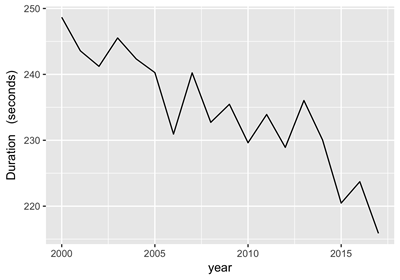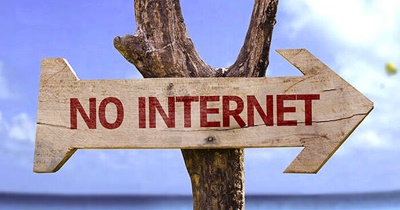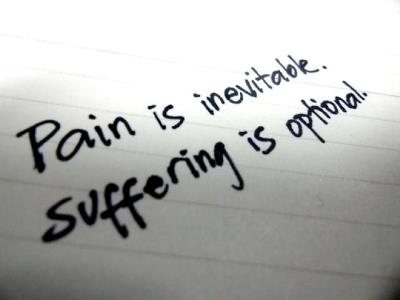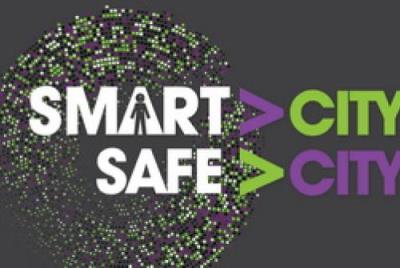Did you notice that songs are on average getting shorter? That there are less words in their titles? That is just part of a series of trends that reflect our modern usage of digital access. More details are to be found in this excellent Medium post ‘Music is Getting Shorter‘. A more general discussion on this issue is contained in this excellent post by Mitch Joel ‘Welcome To Toggle Economics‘.

The controversy lies in whether this trend is due to the economy of music distribution (streaming), or in our shorter attention span. The latter explanation has received much attention. Mitch Joel argues however that there are indications that our attention span can remain substantial if we want (such as book reading); and that what really makes the difference would be our ability to switch more frequently from one center of attention to the other.
And it is becoming less and less difficult to switch from one internet browser tab to the next, or from one phone app to another.
Whether it is an intrinsic shorter span of attention, or the disturbance of too much choice and a too easy possibility to switch, when it comes to roaming services such as music, the result is clearly that we crave shorter durations. And the trend is just starting!











